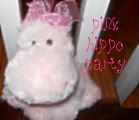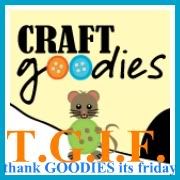Star Rating 5/5
The Hunger Games
By Suzanne Collins
Each year the Capital hosts the Hunger Games, reminding the citizens of their lack of control and power. Two tributes, one boy and one girl between the ages of twelve and eighteen, are chosen from each of Panem’s twelve districts. Then broadcast for all to see, they enter the arena to fight to the death. The tribute that wins is set for life, while the others lose theirs. Because in the end, only one can win.
Since her father’s death, Katniss Everdeen has struggled to create a life for herself and her younger sister Prim. Each day she slips under the fence that encloses the twelfth district to illegally hunt and gather food. With her game and the grain she gets from adding her name multiple times into the lottery for the Hunger Games, she and Prim survive. They’re even happy at times until its time for the games again.
This year Prim is twelve, and though her name has only been entered in the lottery once she is chosen. Unable to allow her little sister to risk her life in the games, Katniss volunteers. Now she’s got to do more than eek out a living for them—she has to win the games or neither of them will survive.
The Hunger Games is more than another thrilling dystopian novel. Collins asks many thought-provoking questions through the world and citizens of her book. The Capital and its people are not so different from modern Americans. With our society’s focus on and glorification of violence in the media and even sports, it is not too difficult to imagine something as horrifying as Panem’s Hunger Games. As I read I was reminded not only of














































